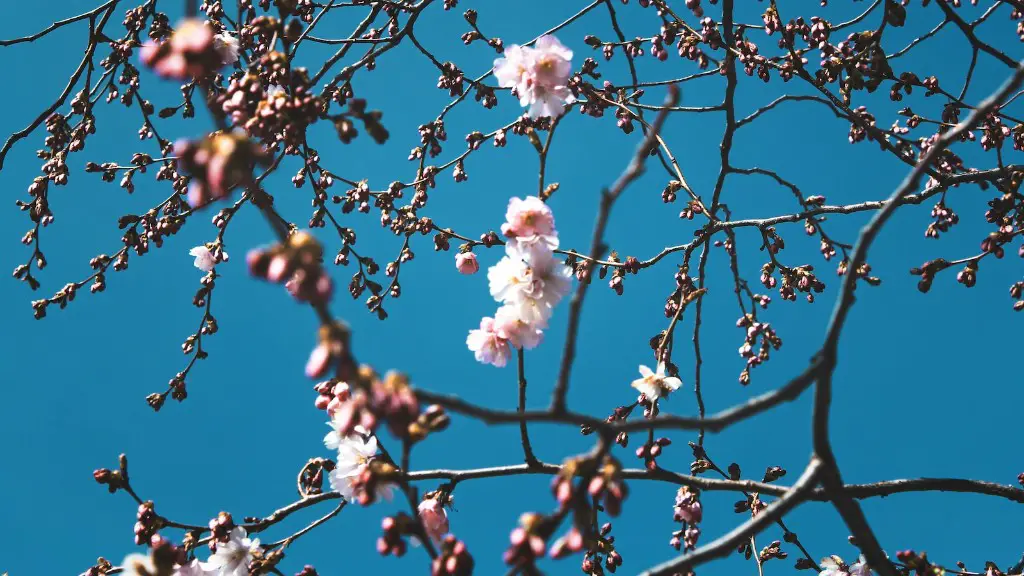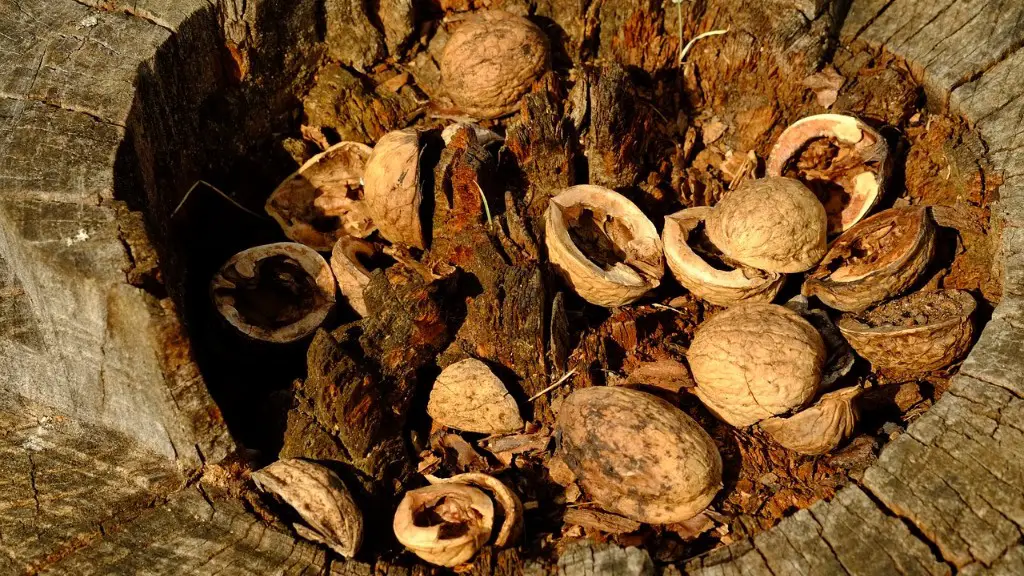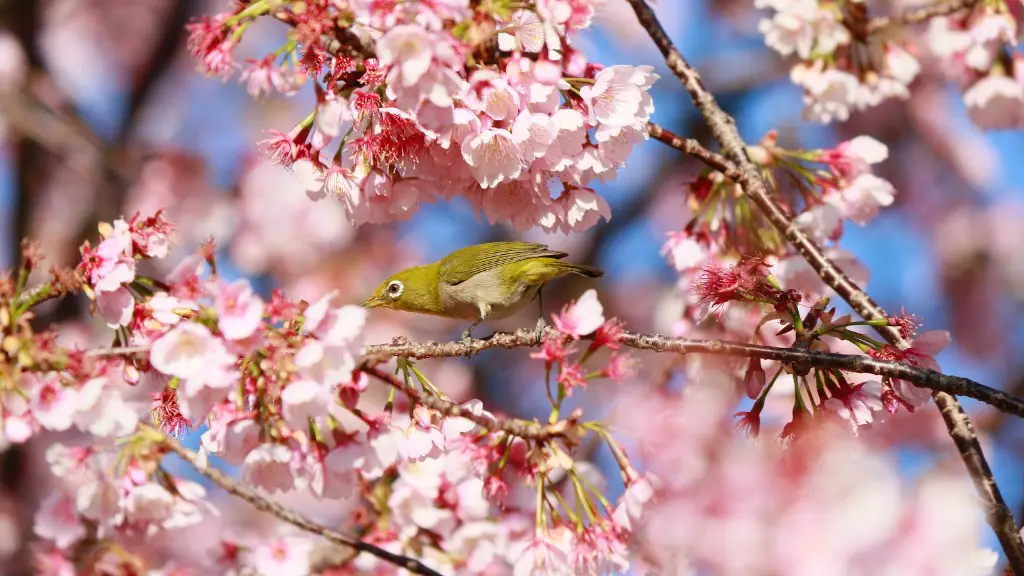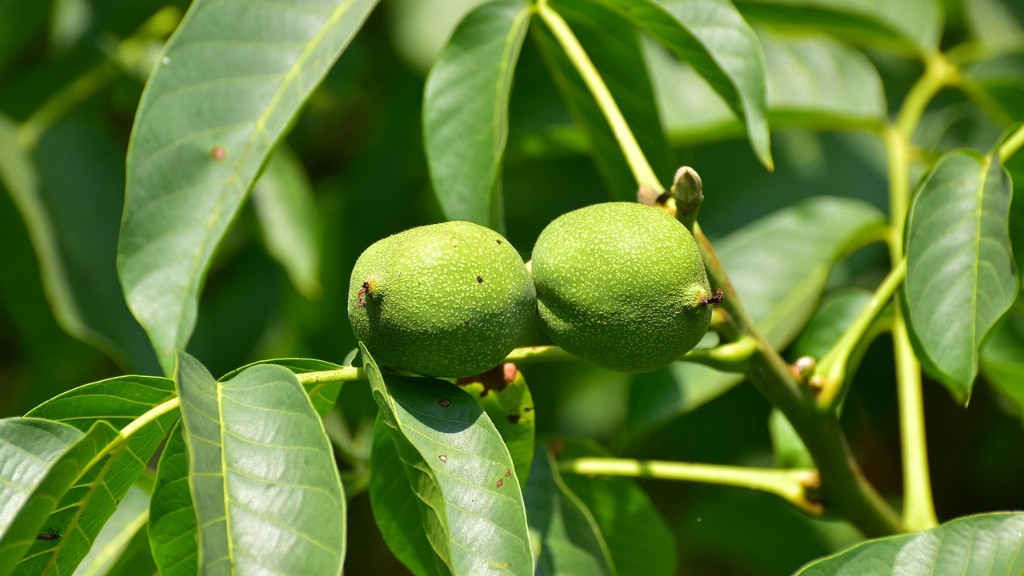Propagating an apple tree is a rewarding way to produce a tree with heirloom or favorite characteristics. It is not difficult, but can be time consuming. There are several steps involved, beginning with collecting the cutting.
The apple tree cutting should be taken from a healthy tree in mid-summer when the tree is fully active. Make sure the cutting is at least 10-12 inches long, and make sure the sharp knife is clean and sterilized with rubbing alcohol or boiling water before collecting the cutting. Additionally, the spot where the cutting is taken should not have any flowering buds.
Once collected, the cutting should be immediately placed in a container with lightly moistened paper towel. Placing it in a plastic bag will help keep in the moisture. The cutting should be taken out at the planting time and placed in cool area while preparing the planting hole.
The apple tree cutting should be planted in a prepared hole that is several inches deep and just a bit wider than the root ball of the cutting. If there are foliage leaves on the cutting, trim them back to about 1/3 of their length to prevent them from drying out. Then, backfill the planting hole with the soil that was removed and press it down to compress the soil.
Water the cutting regularly and mulch around the base of the cutting with loose material such as straw, grass clippings, or shredded bark. This will help decrease moisture evaporation, will help moderate fluctuations in air and soil temperatures, and will help to prevent weed competition.
You may need to use stakes to support the cutting as it develops. As the root ball develops, the cutting may get top heavy and need extra support to prevent it from falling over. Once the cutting starts developing, pay extra attention to it by checking on the soil conditions, supporting it with stakes if necessary, and tending to it if needed.
The apple tree cutting should be propagated in early spring when the tree begins budding and growing, and pruning should be done in late winter when the tree is dormant. Pruning should be done to keep the tree healthy and promote vigorous growth. Pruning should also be done to reduce overcrowding, allow for air and sunlight to reach the interior branches, and to usher in a more pleasing structure.
Grafting Apple Tree Cuttings
Grafting is an effective technique used to propagate apple trees. It involves taking dormant scion wood, which is a cutting from the desired tree, and joining it onto the rootstock, which is a cutting from a compatible and vigorous rootstock apple tree.
The rootstock is prepared by cutting it at a 45-degree angle at the rootstock’s crown, and then the scion is joined to it with a wax-based grafting compound. The graft is then securely wrapped and sealed with grafting tape or wire. The joint must be mixed enough to encourage the two parts to heal and form an instant seal.
The grafted apple tree should be given plenty of water to encourage root formation and plant establishment. Mulch should be applied to help the soil retain moisture, and the graft should be checked for strengthening at least twice a week. If the graft looks weak, additional binding should be applied.
The grafted tree should be pruned regularly to ensure its healthy development. Branch length and shape should be managed and some preliminary shaping done while the tree is still growing. Excessive branches and suckers will need to be pruned, and shoots should be tipped to encourage bushiness.
There are several other propagation techniques that can be used, such as layering and cuttings. Layering is a process that is similar to grafting, but instead of using a wax compound to connect the two pieces, the rootstock is bent over and the scion is buried a few inches in the soil. Cuttings are short pieces of stem that are attached to the mother tree, and then allowed to root themselves in the soil.
Encouraging Apple Tree Cuttings to Root
In order for the cuttings to take root, additional measures can be taken. After the planting hole is prepared, the cutting should be dusted with powdered rooting hormone. This helps to encourage root formation and prevents the cuttings from rotting in the soil.
The cuttings should be placed in the planting hole so they are standing upright and the soil should be firmly pressed around them. This will help them stay in place and not fall over. Bottom-heating is also an effective way to promote root formation. Place the container on top of a heated soil bed and keep at a temperature of around 65-75 degrees Fahrenheit.
Finally, a humidity dome should be placed over the cuttings to help retain moisture and keep the cuttings from drying out. The dome should be checked daily and misted with water if the soil inside is drying out. This will help the cuttings establish roots faster.
Light should also be monitored during the rooting stage. The cuttings should receive 4-5 hours of light a day, and any excess light should be filtered by an opaque curtain or shade cloth.
Monitor the moisture levels throughout the rooting process and make sure not to overwater. Keep the soil lightly moist and allow it to dry before watering again. If done correctly, the apple tree cuttings should have rooted in around 4-6 weeks.
Planting & Caring for Apple Tree Cuttings
Once the cutting is sufficiently rooted, it is ready to be planted in its permanent home. Dig a hole for the cutting that is twice as wide as the root ball, and make sure to check the soil for any weeds or pests.
Backfill the planting hole with the soil that was removed and press down firmly to compress the soil. Water the tree to help it settle in and mulch around the base of the tree with loose material to decrease moisture evaporation, moderate fluctuations in air and soil temperatures, and help to prevent weed competition.
The apple tree should be staked and pruned regularly to ensure healthy growth. Staking should be done to offer additional support to the tree and pruning should be done to encourage the proper growth and shape of the tree.
The apple tree should be watered frequently and deeply to promote vigorous growth. Additionally, fertilizer should be applied every 6-8 weeks during the first year to help provide the tree with the necessary nutrients it needs to grow and stay healthy.
Cultivating an Apple Tree Cutting
Propagating an apple tree begins with carefully collecting the cutting and ends with carefully cultivating it. It is important to take the cutting from a healthy tree and handle the cutting carefully. Additionally, the cutting should be prepared with a rooting hormone, planted in the soil, mulched, staked and pruned to encourage healthy growth.
It is important to keep a constant eye on the apple tree, especially during the first year. Monitoring the soil conditions, watering it, fertilizing it, and providing additional support with stakes if necessary, will all help to ensure the tree can successfully become established.
Providing the apple tree cutting with proper care and attention is essential, but patience is also essential. It can take up to two years for the tree to fully establish a healthy root system and begin producing fruit.
Common Problems with Apple Tree Cuttings
Apple tree cuttings can encounter several issues. For example, the cutting may become dried out before the roots become established, or the roots may become damaged during planting. Suckers can also be a problem, as they can take away energy from the grower plant and prevent it from producing fruit.
Additionally, diseases such as root rot, powdery mildew, apple scab, fire blight and woolly aphids, can all have detrimental effects on the development of the apple tree cutting. Diseases such as root rot, web blight and fire blight are particularly alarming, as they can quickly destroy the apple tree cutting and can even spread to the other trees in the orchard.
To prevent the multiple issues that can arise when propagating an apple tree, it is important to give the tree the proper care and attention it needs. Soil condition, water, sunlight, and pruning should all be monitored to ensure the apple tree cutting can reach its full potential.





